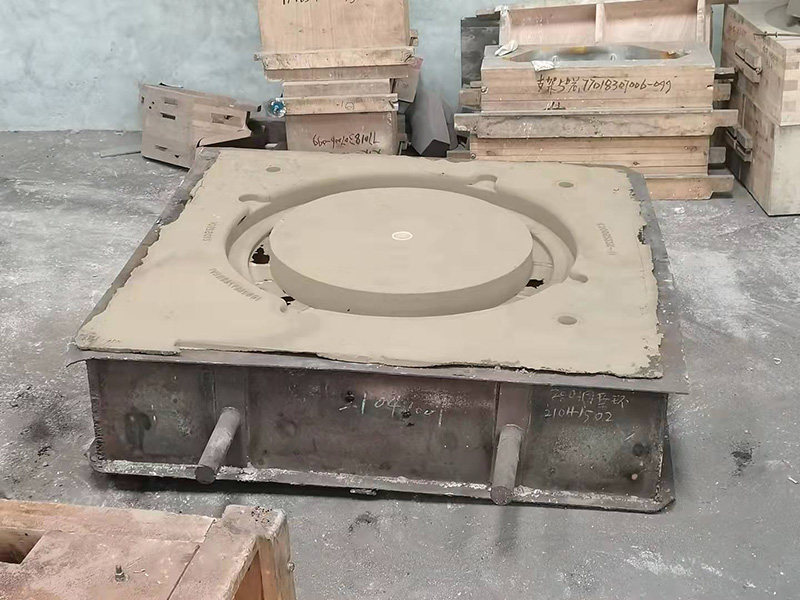How Accurate is Sand Casting?
Sand casting is one of the oldest and most widely used metal casting processes. It involves creating a mold from a mixture of sand and a binding agent, pouring molten metal into the mold, and allowing it to cool and solidify. This method is favored for its simplicity, versatility, and cost-effectiveness, making it especially popular in various industries, including automotive, aerospace, and industrial machinery. However, when assessing the accuracy of sand casting, several factors come into play.
Understanding Sand Casting Precision
The accuracy of sand casting can vary based on multiple variables, including the type of sand used, the pattern design, the mold-making process, and the pouring technique. Generally, sand casting can achieve tolerances of ±0.5 mm for simple shapes and ±1.0 mm for more complex geometries. However, achieving high levels of accuracy often requires attention to detail in both the design and manufacturing processes.
1. Pattern Quality The accuracy of the final cast product begins with the pattern used to create the mold. High-quality patterns can significantly enhance the precision of the casting process. Patterns can be made from various materials, including wood, metal, or plastic, and any imperfections in the pattern will directly affect the accuracy of the mold and, consequently, the casting.
2. Mold Integrity The integrity of the sand mold is crucial for achieving a precise casting. Factors such as the grain size and shape of the sand, the moisture content, and the compaction of the mold can all impact the final product's dimensional accuracy. Fine sand with uniform grain size is often preferred for precision applications, as it allows for smoother surfaces and more detailed features.
3. Cooling Rate The cooling rate of the molten metal can also affect the dimensional accuracy of the cast part. Fast cooling may lead to thermal expansion issues and solidification defects, while slow cooling can result in a more precise shape but may increase production time. Controlling the cooling rate through techniques such as the use of chills can help improve dimensional accuracy.
how accurate is sand casting

4. Post-Casting Processes Often, sand casting does not produce parts that are ready for immediate use. Post-casting processes like machining, grinding, or sanding are frequently employed to achieve the final dimensions, improve surface finish, and remove any defects. These processes can significantly enhance the accuracy of the final part, especially for applications requiring high tolerances.
Advantages and Limitations of Sand Casting Accuracy
While sand casting provides a good balance of cost and accuracy, it does have its limitations. The inherent variability in the sand mold can lead to inconsistencies in the final product, particularly for complex shapes or intricate designs. Additionally, due to the porous nature of the sand, castings may require additional finishing processes that are not only time-consuming but can also increase production costs.
On the positive side, the adaptability of sand casting allows it to be used for a wide range of metals, including aluminum, iron, and brass, enabling the creation of diverse components with varying performance requirements. For industries that prioritize cost over extreme precision, sand casting remains a valuable option.
Conclusion
In conclusion, sand casting serves as an effective method for producing metal parts with reasonable accuracy. While it may not possess the precision levels of more advanced casting techniques like investment casting or die casting, its benefits—including cost-efficiency and versatility—make it a popular choice across many sectors. To maximize accuracy in sand casting, attention must be paid to every stage of the process, from pattern design and mold making to cooling and finishing. By understanding and controlling these factors, manufacturers can significantly enhance the precision of their sand-cast products, ensuring they meet the demands of various applications.
Post time:Nov . 27, 2024 13:34
Next:Exploring Various Sand Casting Techniques and Their Unique Applications
